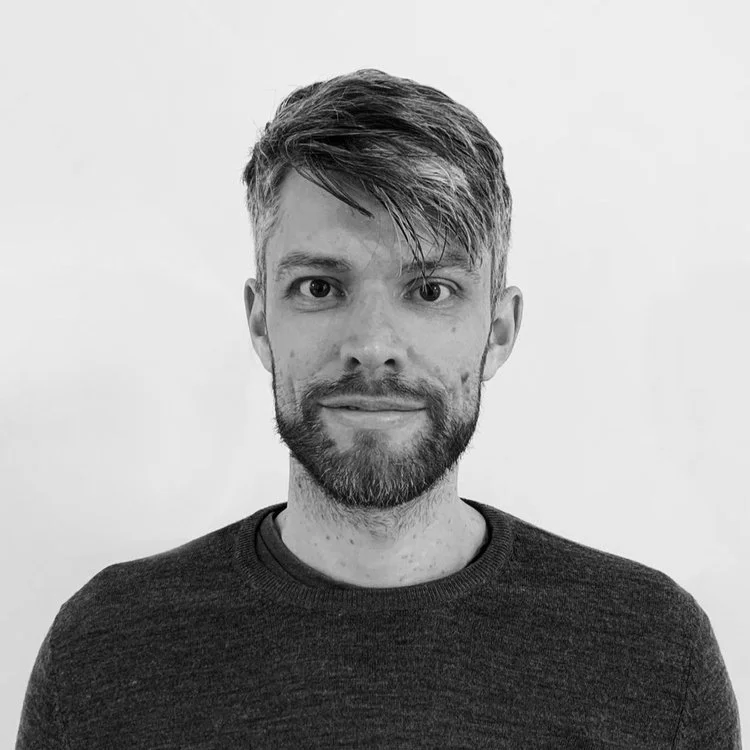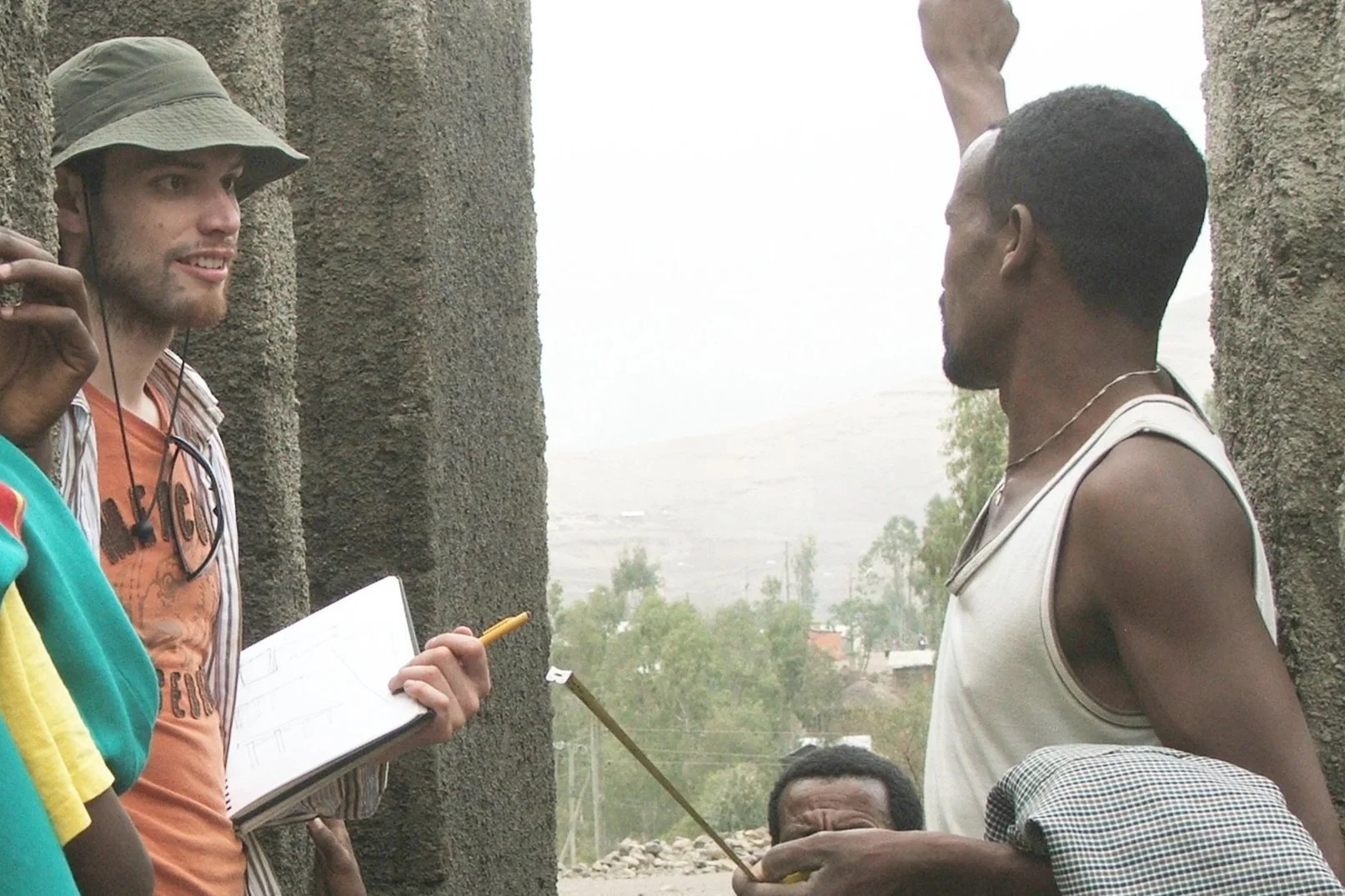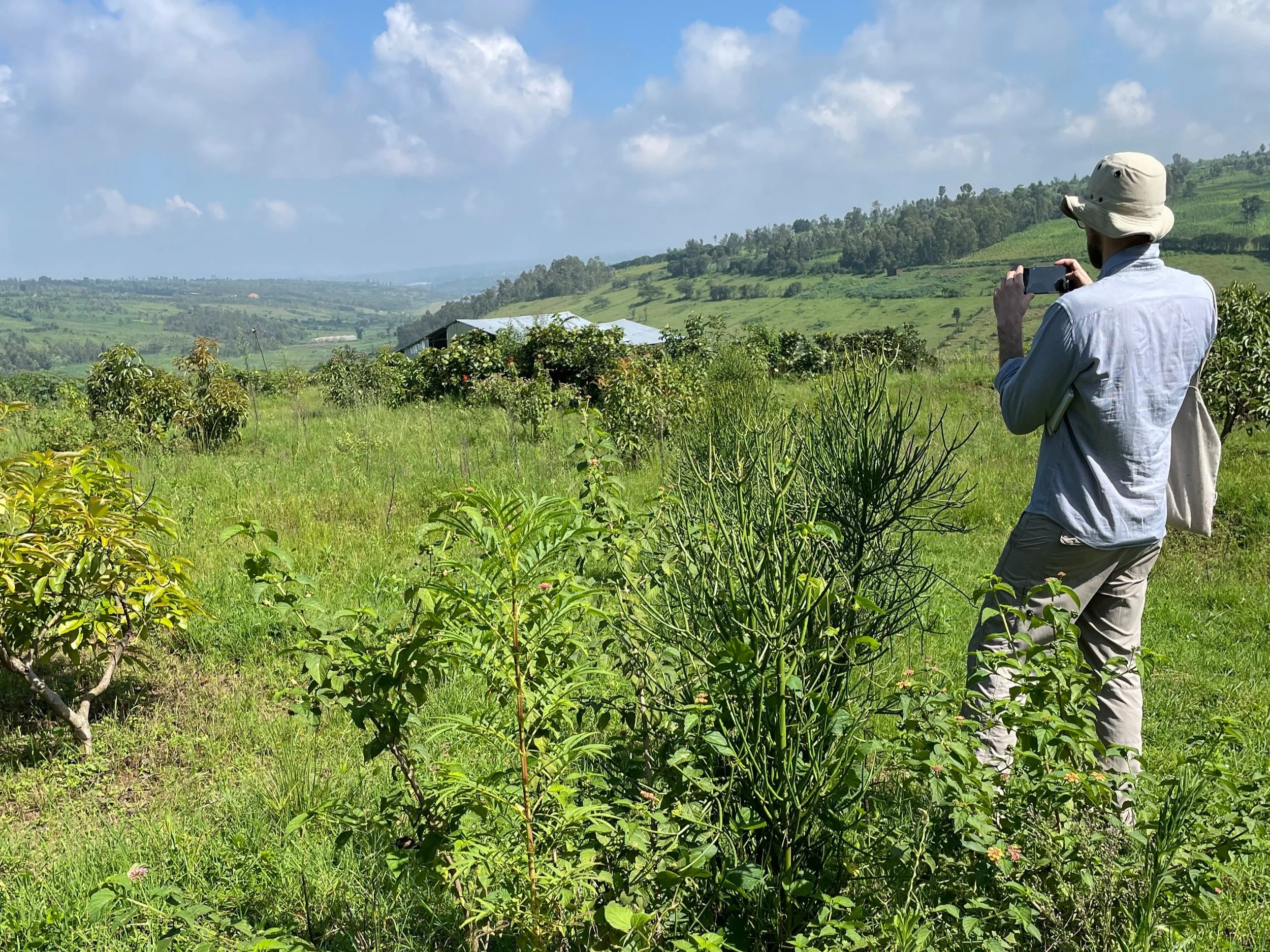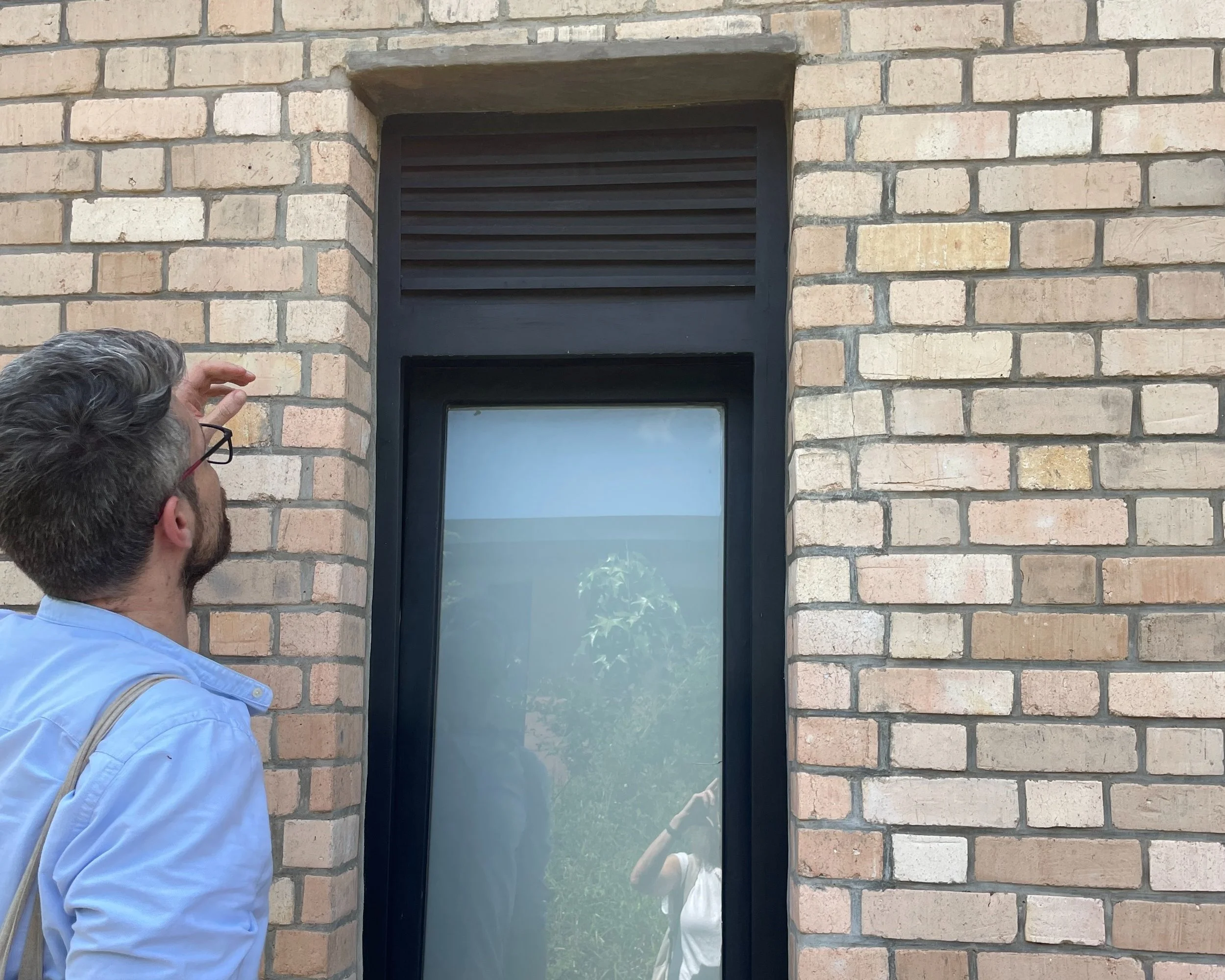An interview with Project Architect, Mario Balducci
This article explores Project Architect Mario Balducci's inspiring journey from designing luxury homes to creating life-changing structures in developing countries through his work with Article 25.
From overcoming technical challenges in Rwanda to advocating for sustainable and community-driven designs, his story highlights the transformative power of architecture in addressing global humanitarian needs.
1. What inspired you to become an architect?
Architects solve problems in spaces, and I've been fascinated by that since I was a child. I spent an inordinate amount of time building things, which sparked my interest in architecture.
2. How did you first become involved with Article 25, and what drew you to their mission?
I joined Article 25 as a volunteer in 2009. Before that, I had been employed in a practice where I worked on designs for luxury homes for ultra high net worth individuals. A lot of architects end up working for the very rich, or at least, for people in rich countries. Very few architects (and designers for that matter) create designs for people in less developed countries, and even fewer for the very poor. Article 25 introduced me to a world of diverse and challenging design problems.
My first Article 25 project took me to Ethiopia for nearly six months. After my volunteer stint, I decided to return and ended up spending over a decade working on a variety of projects. The experience was eye-opening. I particularly enjoyed seeing clients’ satisfaction when I delivered a solution that provided practical improvements. The work reinforced the importance of providing objective, skill-driven professional services to anyone and everyone, regardless of their circumstances.
Mario on site as an Article 25 volunteer in Ethiopia in 2009.
3. Can you describe a recent project you've worked on with Article 25? What were some of the unique challenges and rewards of this project?
I led the design for the Blues Creamery Rwanda Project, an Irish-led creamery for making cheese that will be located in Eastern Rwanda. This is a very technical project, with varied systems and different types of equipment. It allowed me to master the specifics of a very specialist form of design, get to grips with hygiene and cross contamination issues, as well as the ins and outs of creating a truly sustainable business model.
The project is well-suited for a rapidly developing country like Rwanda. Many of the design questions centred around how people will use the building, its equipment and systems, and how the design can help them work at their very best.
4. Article 25 focuses on humanitarian architecture. How do you approach designing buildings in challenging environments with limited resources?
You need an open and curious mindset. On the one hand, many developing countries share similar challenges and products on the shelves. But on the other, each region and community is unique and can be a source of endless surprises. At Article 25, we always tap into this varied local knowledge to ensure our projects are as contextual as possible.
Mario captures photos during a site visit.
5. What role does sustainability play in your building projects, and how do you ensure that your designs are environmentally responsible?
Sustainability is always a priority, and we strive to integrate it into every aspect of our designs, even when resources are scarce. This can often be challenging due to severe constraints brought on by a limited set of available materials.
For example, in the Rwanda project, despite the requirement to use a concrete frame structure, we are employing multiple sustainable strategies and aiming for a carbon-neutral outcome.
6. How important is community involvement in your projects? How do you engage local communities in the design and construction process?
At Article 25, we work on an array of projects and in distinct settings. When designing for communities, we use a participatory approach to design and consultation, ensuring that the voices of local communities are heard and integrated into the design process.
A lot of our clients are institutional, such as when we design hospitals. This requires a different approach, but one that is similarly focussed on coaxing knowledge from a broad range of stakeholders—from management and specialists to patients and staff—in order to gauge a better understanding of their diverse experiences and ways of using a building. I’m never afraid to ask questions, even if they seem basic, because it helps me to gain deeper insights.
Mario consults with the local community during a building project.
7. What are some key lessons or insights you've gained from working on Article 25 projects over the years?
Working with Article 25, I am constantly looking at bridging differences between people from different backgrounds, cultures, and ways of working. Whether it’s communicating local conditions to global engineering partners or introducing international approaches and expertise to an area that hasn’t encountered them yet - being able to quickly shift perspectives and see things from different points of view is a skill that can come in very handy. That’s always easier said than done (!), but it's a skill that can also have positive ramifications in other parts of life.
8. Looking ahead, what are your hopes for the future of sustainable architecture? How do you see Article 25 contributing to that vision?
Given the limited resources in many of our projects, we constantly ask if intervention is necessary. We look to preserve existing buildings wherever possible and minimise the scope of built work.
This approach is in harmony with the concept of ‘sobriety’ promoted by engineer Philippe Bihouix. It forces us to look for low-impact, low-energy solutions. I believe this philosophy will be essential in the future of sustainable architecture, and Article 25 will continue to lead by example.
Mario checks the finish of a window installation.
9. If you could invite any historical figure to an Article 25 event, who would it be and what would you ask them?
I would invite the late designer Enzo Mari, who was very focused on using design to improve society. He was particularly interested in the people who built his work and created designs that limited complications and reduced repetitive tasks.
He mostly worked in industrial settings, but I’d ask him how he would approach humanitarian architecture today, particularly in rural areas of developing countries where resources and labour can be limited.





